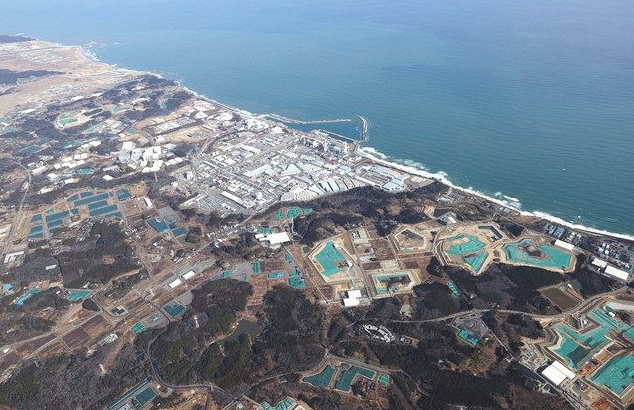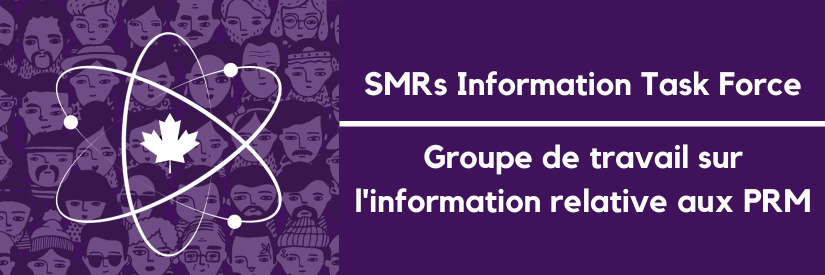Where to in 2045? Contaminated Soil from the Nuclear Power Plant Accident: The Present Location of Interim Storage Facilities, Fukushima.
July 3, 2022
Contaminated removed soil and other materials generated by decontamination following the accident at TEPCO’s Fukushima Daiichi Nuclear Power Plant are temporarily stored at an interim storage facility adjacent to the plant. Decontamination outside of the difficult-to-return zones has been largely completed, and decontamination is also progressing in the specified restoration and rehabilitation base areas (restoration bases) within the difficult-to-return zones where evacuation orders are expected to be lifted this spring or later. However, there is no concrete plan for the decontamination of areas outside of the restoration centers that are difficult to return to, and there has been no progress in discussions regarding the removal of contaminated soil outside of Fukushima Prefecture. Eleven years after the accident, the problem of radioactive waste remains unresolved. (The problem of radioactive waste remains unresolved even 11 years after the accident.)
◆Total amount of contaminated waste is not foreseeable
According to the Ministry of the Environment, the amount of contaminated soil generated by decontamination in areas other than the difficult-to-return zones is estimated to be 14 million cubic meters, an enormous amount equivalent to 11 times the size of the Tokyo Dome. The soil is scheduled to be delivered to an interim storage facility by March 2010. In the remaining difficult-to-return zones in the seven municipalities of Fukushima Prefecture, six municipalities (excluding Minamisoma City) have been designated as “specific restoration base areas (restoration bases)” where decontamination work will be carried out ahead of other areas. It is estimated that 1.6 to 2 million cubic meters of contaminated soil will be generated in the decontamination of the reconstruction bases.
In addition, the government decided in August 2009 to lift the evacuation order for difficult-to-return zones outside of the restoration centers by decontaminating homes and other structures on request of those who wish to return. The Ministry of the Environment said, “We will proceed with the acquisition of land and the construction of storage facilities while keeping a close eye on the amount of soil that can be brought in. We do not know the maximum amount that can be brought in.
◆Unclear whether the waste will be transported out of Fukushima Prefecture
As the name implies, storage at interim storage facilities is considered “temporary” for final disposal. The government has promised to remove the contaminated soil to a final disposal site outside of Fukushima Prefecture in 2045, 30 years after the storage began in 2015. However, it is not known whether there are municipalities that will accept the waste contaminated by the nuclear accident, and the candidate site has not yet been decided.
In addition, three-quarters of the total amount of contaminated soil in storage currently contains less than 8,000 becquerels of radioactive cesium per kilogram of soil, which is the same level as that of the soil that is normally incinerated or landfilled. The government plans to reuse contaminated soil with less than 8,000 becquerels per kilogram in public works projects such as road construction. However, the use of contaminated soil is strongly opposed by local residents, and efforts to put this into practical use have run into difficulties. The Ministry of the Environment states that it will “continue its efforts to develop technologies and gain the understanding of related parties.
Interim storage facilities are located around the Fukushima Daiichi Nuclear Power Plant and cover an area of 1,600 hectares. Of the privately owned land, which accounts for about 80% of the total area, 93% has been acquired by the government. The delivery of contaminated soil generated outside of the difficult-to-return zone is expected to be completed by the end of FY2022.
No comments yet.
-
Archives
- April 2024 (300)
- March 2024 (335)
- February 2024 (345)
- January 2024 (375)
- December 2023 (333)
- November 2023 (342)
- October 2023 (366)
- September 2023 (353)
- August 2023 (356)
- July 2023 (363)
- June 2023 (324)
- May 2023 (344)
-
Categories
- 1
- 1 NUCLEAR ISSUES
- business and costs
- climate change
- culture and arts
- ENERGY
- environment
- health
- history
- indigenous issues
- Legal
- marketing of nuclear
- media
- opposition to nuclear
- PERSONAL STORIES
- politics
- politics international
- Religion and ethics
- safety
- secrets,lies and civil liberties
- spinbuster
- technology
- Uranium
- wastes
- weapons and war
- Women
- 2 WORLD
- ACTION
- AFRICA
- Atrocities
- AUSTRALIA
- Christina's notes
- Christina's themes
- culture and arts
- Fuk 2022
- Fuk 2023
- Fukushima 2017
- Fukushima 2018
- fukushima 2019
- Fukushima 2020
- Fukushima 2021
- general
- global warming
- Humour (God we need it)
- Nuclear
- RARE EARTHS
- Reference
- resources – print
- Resources -audiovicual
- World
- World Nuclear
- YouTube
-
RSS
Entries RSS
Comments RSS









Leave a comment